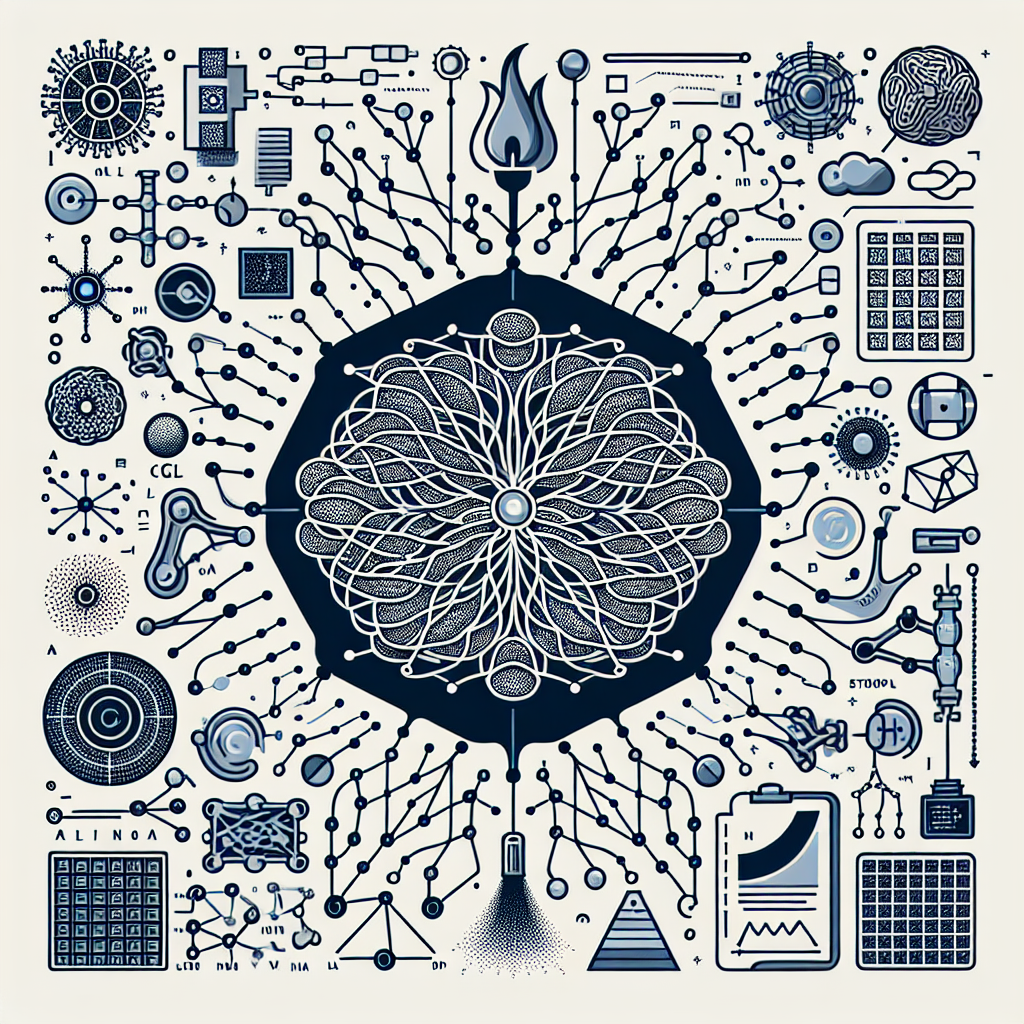AnyFix for Windows – One-Time Purchase/5 Devices
Neural networks have revolutionized the field of artificial intelligence, enabling machines to learn and make decisions in a way that mimics the human brain. Convolutional Neural Networks (CNNs) are a specific type of neural network that is particularly well-suited for image recognition tasks. In this article, we will take an in-depth look at how to build CNNs using two popular deep learning frameworks: PyTorch and TensorFlow.
PyTorch and TensorFlow are two of the most widely used deep learning frameworks in the industry, with each offering its own unique set of features and advantages. Both frameworks provide powerful tools for building and training neural networks, but they have slightly different approaches to defining and executing computational graphs.
To get started with building CNNs in PyTorch and TensorFlow, you first need to understand the basic building blocks of a neural network. At the core of a CNN are convolutional layers, which apply a series of filters to the input image to extract features. These features are then passed through activation functions, such as ReLU, to introduce non-linearities to the network. Pooling layers are also commonly used to reduce the spatial dimensions of the feature maps and make the network more computationally efficient.
In PyTorch, building a CNN is relatively straightforward. You can define a neural network architecture by subclassing the nn.Module class and specifying the layers in the __init__ method. You can then define the forward method to specify how the input data should flow through the network. PyTorch provides a rich set of pre-built layers and activation functions that you can use to build your CNN.
TensorFlow follows a similar approach to building neural networks, but with a slightly different syntax. TensorFlow uses a computational graph to define the operations that should be performed on the input data. You can define a neural network architecture by creating a series of layers using the tf.keras.layers module, and then compiling the model using the tf.keras.Model class.
Once you have defined your neural network architecture in PyTorch or TensorFlow, you can train the model using a dataset of labeled images. You can use the DataLoader class in PyTorch to load batches of images and labels, and then use the torch.optim module to define an optimizer and loss function. In TensorFlow, you can use the tf.data.Dataset class to create a dataset pipeline, and then compile the model using the model.compile method.
Training a CNN involves feeding the input images through the network, calculating the loss between the predicted and true labels, and then updating the network weights using backpropagation. You can train the model for multiple epochs until it converges to an optimal solution. In PyTorch, you can use the torch.nn.functional module to define loss functions, while in TensorFlow, you can use the tf.losses module.
In conclusion, building and training CNNs with PyTorch and TensorFlow is a powerful way to harness the capabilities of neural networks for image recognition tasks. By understanding the basic building blocks of a CNN and how to define and train a neural network in each framework, you can unlock the full potential of deep learning for your own projects. Mastering neural networks takes time and practice, but with the right tools and knowledge, you can create sophisticated models that can learn to recognize and classify images with high accuracy.

#Mastering #Neural #Networks #InDepth #Building #CNNs #PyTorch #TensorFlow,understanding deep learning: building machine learning systems with pytorch
and tensorflow: from neural networks (cnn

Leave a Reply
You must be logged in to post a comment.